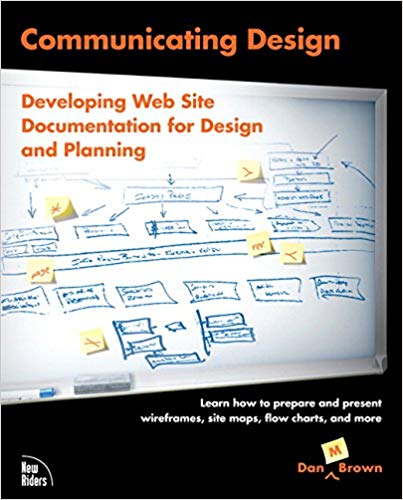Information Architecture
Every website has an information architecture, though few are planned intentionally. Information Architecture is the organization of information. The term is relatively modern (1976), but encompasses concepts from a variety of existing fields including classification systems such as the Dewey Decimal System invented a hundred years prior (1876).
Information Architecture concerns itself with the myriad mechanisms enabling users to navigate information and — to some extent — the structure of that information. Just as a library has a Dewey Decimal System, a book described by that system may have its own Table of Contents, Index, and Glossary.
In the context of the web, IA typically encompasses:
- Wireframes
- Mockups
- Navigation
- Tagging
- Categorization
- Classification
- Data Structures
- Site Maps
- Recommendation Systems
- Search Functions (faceting, stemming, synonym rings, etc)
Deeper research in this field reveals roots adjacent to category theory and cognitive linguistics. In order to organize information in a way that is obvious to humans, one must understand the manner in which we as humans organize information within our own minds; a fascinating field of study that is both culturally subjective and constantly evolving.

Women, Fire and Dangerous Things: What Categories Reveal About the Mind
This book presents some of the most stimulating ideas on mind and meaning I have ever read. It is a book that has far-reaching consequences and is sure to rattle the foundations of thinking and research in the cognitive sciences.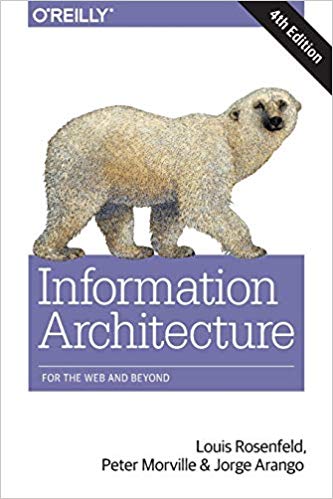
Information Architecture: For the Web and Beyond
Information architecture (IA) is far more challenging—and necessary—than ever. With the glut of information available today, anything your organization wants to share should be easy to find, navigate, and understand. But the experience you provide has to be familiar and coherent across multiple interaction channels, from the Web to smartphones, smartwatches, and beyond.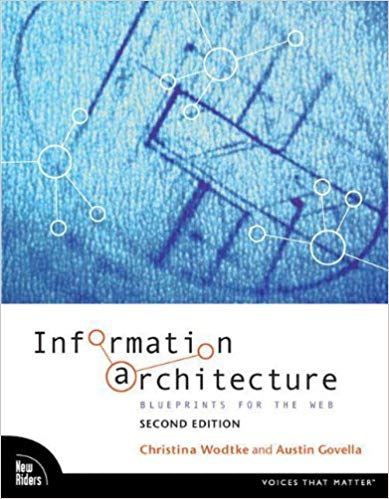
Information Architecture: Blueprints for the Web
Organizing web site content so that it can be found, designing website interaction so that it's pleasant to use, and creating an interface that is easy to understand. This book helps designers, project managers, programmers, and other information architecture practitioners avoid costly mistakes by teaching the skills of information architecture swiftly and clearly.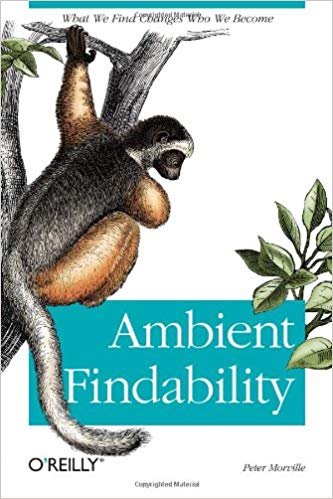
Ambient Findability: What We Find Changes Who We Become
How do you find your way in an age of information overload? How can you filter streams of complex information to pull out only what you want? Why does it matter how information is structured when Google seems to magically bring up the right answer to your questions? What does it mean to be "findable" in this day and age? This eye-opening new book examines the convergence of information and connectivity. Written by Peter Morville, author of the groundbreaking Information Architecture for the World Wide Web, the book defines our current age as a state of unlimited findability. In other words, anyone can find anything at any time. Complete navigability.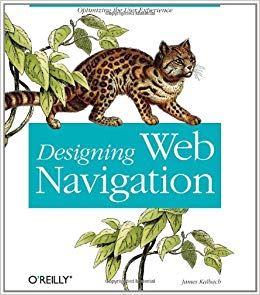
Designing Web Navigation: Optimizing the User Experience
Thoroughly rewritten for today's web environment, this bestselling book offers a fresh look at a fundamental topic of web site development: navigation design. Amid all the changes to the Web in the past decade, and all the hype about Web 2.0 and various "rich" interactive technologies, the basic problems of creating a good web navigation system remain. Designing Web Navigation demonstrates that good navigation is not about technology-it's about the ways people find information, and how you guide them.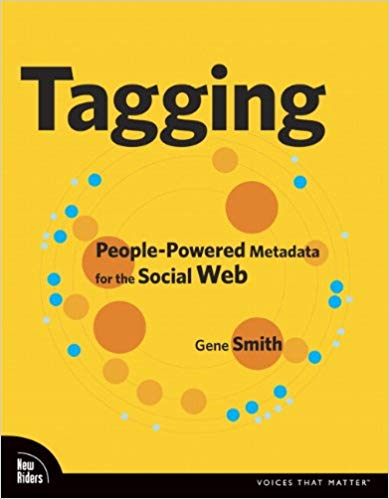
Tagging: People-powered Metadata for the Social Web
Tagging is fast becoming one of the primary ways people organize and manage digital information. Tagging complements traditional organizational tools like folders and search on users desktops as well as on the web. These developments mean that tagging has broad implications for information management, information architecture and interface design. And its reach extends beyond these technical domains to our culture at large. This book explains the value of tagging, explores why people tag, how tagging works and when it can be used to improve the user experience. It exposes tagging's superficial simplicity to reveal interesting issues related to usability, information architecture, online community and collective intelligence.